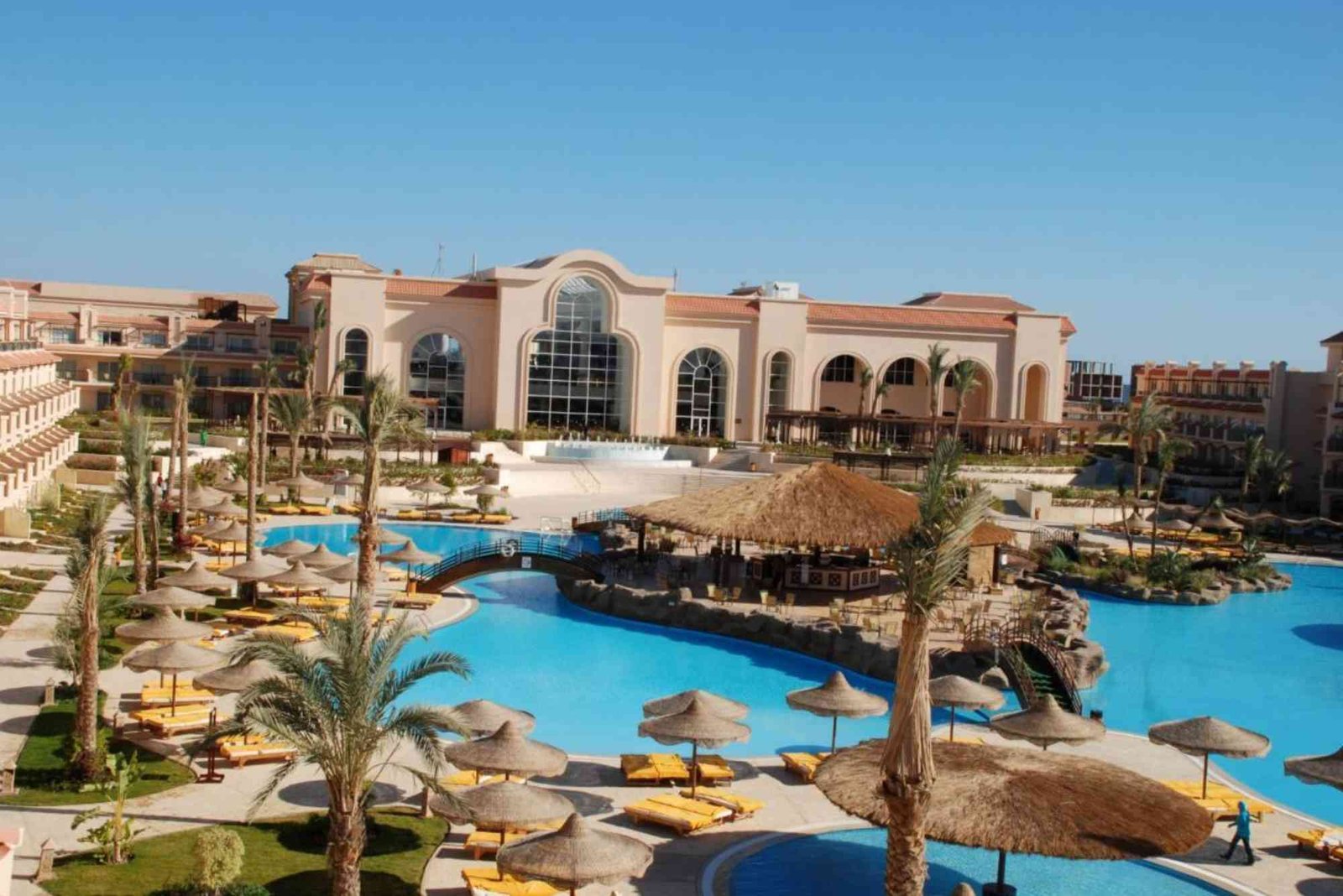Australia is a land of wild coastlines, iconic road trips, and remote destinations—making it a dream for adventurous families. However, when planning a trip with Travels Flax, safety must be top of mind. Whether you’re inspired by the widely followed Colt Family Australia or just gearing up for a solo road trip through the Outback, knowing how to prepare, pack, and protect yourself can make or break your journey.
Travels Flax has made travel simpler and more authentic for Aussie explorers. But to truly enjoy what the open road offers, your safety preparation needs to be as strong as your sense of adventure.
Travel safety tips for road trips in Australia
Quick Answer: Always prepare for long-distance drives with backups for fuel, water, and communication.
Australia’s vast geography presents unique safety challenges. From the Nullarbor Plain to the tropical north, conditions change fast—and help can be far away.
Essential safety items for every road trip:
-
Extra fuel containers
-
Satellite phone or offline GPS devices
-
High-visibility emergency flags
-
Printed maps (in case of no signal)
-
Minimum 5L water per person/day
-
Emergency snacks and blankets
According to Tourism Research Australia, over 68% of domestic travel involves road transport—making safety knowledge crucial for all Aussie travellers.
Kid safety for family travel in Australia
Quick Answer: Always use age-appropriate car seats and child trackers during outback or regional trips.
Inspired by stories like the Colt Family Australia, more families are choosing RVs and 4WDs for cross-state travel. But young travellers need special attention:
-
Rear-facing car seats for infants
-
Seatbelt adjusters for children aged 4–7
-
GPS-enabled wristbands or clip-on trackers
-
Roadside game kits to reduce motion sickness
-
Sunshades and first-aid kits
Government programs like Kidsafe Australia offer child travel safety awareness, especially relevant for long trips in New South Wales, Queensland, and Victoria.
Choosing the right vehicle for outback adventures
Quick Answer: Select 4WDs with recovery kits and traction mats for rugged terrain travel.
Australia’s Outback isn’t just beautiful—it’s unpredictable. Standard 2WD vehicles often fall short on dirt roads and remote terrain. Always ensure:
-
4WD capability with low-range gearboxes
-
Tyre pressure monitoring system
-
Roof racks for load balancing
-
Sand ladders or traction boards
-
UHF radios for rural communication
According to National Roads and Motorists’ Association (NRMA), over 75% of car breakdowns in remote Australia stem from unfit vehicles.
Weather-proofing your travel plans
Quick Answer: Always check bushfire and flood alerts before regional travel.
Australian weather swings from heatwaves to flash floods. The Bureau of Meteorology (BoM) issues daily regional updates that affect travel plans. Best practices include:
-
Using BoM weather app for live alerts
-
Avoiding high fire danger areas (especially in NSW & SA)
-
Travelling early morning to avoid midday heat
-
Securing items in case of gusty winds
-
Avoiding camping near dry creek beds
Bushfire season in Victoria, for example, runs from November to March. Preparation is not optional—it’s life-saving.
Essential travel insurance for domestic explorers
Quick Answer: Choose insurance that covers off-road driving and medical evacuations.
Even within Australia, not all regions have easy access to hospitals or repair services. Look for policies with:
-
Off-road vehicle cover
-
Helicopter evacuation options
-
Cancelled trip coverage
-
Lost gear protection
-
Emergency accommodation
Experts from Ignite National Technology Fund note that travel tech startups now use AI to assess real-time risk and insurance pricing—great news for smart travellers.
Staying connected in remote areas
Quick Answer: Use dual-SIM phones and satellite communicators in blackspot areas.
Travels Flax explorers often venture into mobile blackspots. To stay safe:
-
Use Telstra SIMs—they offer widest remote coverage
-
Pack portable Wi-Fi boosters
-
Invest in Garmin inReach or SPOT Messengers
-
Schedule check-ins with someone back home
-
Download offline area maps
The Colt Family Australia often documents how they handle remote check-ins, showing it’s entirely possible with the right tech.
Health and hygiene on long trips
Quick Answer: Always carry personal medical kits, sanitizers, and motion sickness meds.
For those on extended trips—especially in campers or RVs—staying clean and healthy is essential.
Here’s what to carry:
-
Comprehensive first aid kit
-
Electrolyte sachets
-
Travel-sized sanitizers and wipes
-
Prescription meds (with documentation)
-
Contact details of nearest clinics in rural zones
In WA and NT, remote health clinics may be hundreds of kilometers apart. Pre-arrangement is not a luxury—it’s a necessity.
Online platforms that simplify safe travel
Quick Answer: Platforms like Travels Flax help streamline route planning, gear checklists, and destination research.
Travels Flax isn’t just a content hub—it’s a planning assistant for digital-first travellers. From destination guides to curated family trip logs, the platform empowers you to:
-
Map scenic and safe routes
-
Follow families like the Colts for tried-and-tested paths
-
Access expert packing checklists
-
Read safety reviews of local destinations
-
Prepare using government alerts and updates
According to STZA (Special Technology Zones Authority) in Pakistan, tech-driven platforms are transforming how Gen Z and millennials approach international travel.
How Aussie families ensure safe group travel
Quick Answer: Using shared calendars and emergency roles helps manage family travel risks.
Group trips work best when roles are clearly assigned. The Colt Family Australia, for instance, documents how each member manages a part of their travel plan—from camp setup to daily hygiene tasks.
Tips for your group:
-
Assign a safety lead (with first aid knowledge)
-
Rotate driving responsibilities
-
Use color-coded packing systems
-
Keep emergency numbers on laminated cards
-
Set up a digital shared calendar with alerts
Group safety relies on collaboration—and some structure.
Youth-focused tech and safety training
Quick Answer: Government programs in both Australia and Pakistan are training youth to embrace safe, tech-enabled travel.
Initiatives like:
-
Australia’s Digital Literacy School Grants
-
Pakistan’s Ignite Tech Fund
-
STZA youth accelerator programs
…are nurturing a new generation of safety-conscious, tech-savvy travellers. From digital maps to emergency apps, travel safety today is powered by innovation.
“When you combine smart tech with smart training, even the most remote trips become manageable,”
— Asif Rizwan, CEO, Ignite Tech Fund Pakistan
(FAQs)
Q1. Is it safe to take children on an Outback road trip?
Yes, but only with proper planning—child car seats, hydration, and GPS trackers are non-negotiables.
Q2. Do I need a special license to drive a 4WD in Australia?
Not always, but taking a 4WD training course is highly recommended for rugged terrains.
Q3. What’s the best time of year to travel across the Australian deserts?
April to September offers cooler temperatures and fewer storm risks.
Q4. How do I stay updated on bushfires or floods?
Use the Bureau of Meteorology’s app or website. Local radio in rural areas is also useful.
Q5. What is the Colt Family Australia known for?
They’re known for documenting family-friendly, safe travel across remote parts of Australia using tech tools and practical planning.
Q6. Can Travels Flax help with travel insurance comparisons?
While it doesn’t sell insurance, Travels Flax often features expert articles that help compare coverage types.
Q7. Is mobile coverage available in most remote Australian areas?
No. Many areas require satellite communication tools or Telstra-based SIMs for sparse coverage.
Final Thought
Having grown up in a region where long-distance family travel often lacked both infrastructure and digital guidance, I find the rise of platforms like Travels Flax a game-changer. The Colt Family Australia story, captured worldwide, isn’t just inspiring—it’s educational. It shows that with the right mix of safety, planning, and purpose-driven tech, any family—whether from Multan or Melbourne—can travel safer and farther than ever before. In Pakistan, where initiatives like STZA and Ignite are rapidly reshaping how youth interact with travel and tech, these safety frameworks aren’t just useful—they’re essential.
Safe travels, tech-first.






